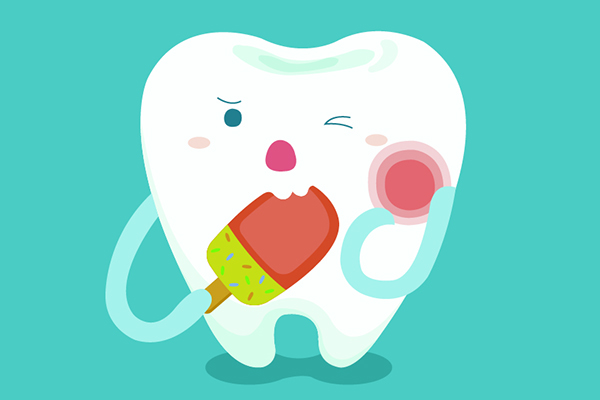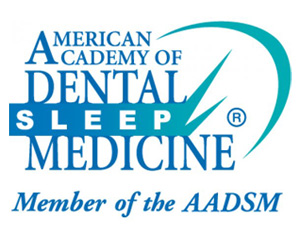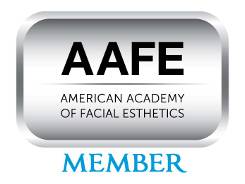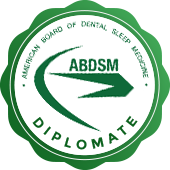 Receding gums are often blamed on brushing techniques. Surprisingly, most individuals with receding gums are unaware that they have a dental problem that must be addressed. On the other hand, others have been aware because the roots of their teeth have become exposed or they have had dental sensitivity.
Receding gums are often blamed on brushing techniques. Surprisingly, most individuals with receding gums are unaware that they have a dental problem that must be addressed. On the other hand, others have been aware because the roots of their teeth have become exposed or they have had dental sensitivity.
Gum recession occurs when the gum tissue surrounding the teeth deteriorates, pulls back, and exposes more teeth than usual. The tooth may decay in severe situations. One becomes more vulnerable to tooth decay and periodontal pockets when this happens. If left untreated, the supporting tissue and bone structures surrounding the teeth may deteriorate, resulting in tooth loss. Patients who have noticed receding gums need to schedule a dental consultation here.
Treatments for receding gums
Gum recession is irreversible. This means that gum tissue that has receded will not regrow. However, patients can prevent the issue from progressing. The origin of the problem generally determines the treatment for gum recession. If vigorous brushing or poor oral habits cause gum recession, patients can talk to a dental hygienist about altering their brushing and flossing habits. Plaque between teeth can be cleaned with a regular antiplaque mouth rinse. Using a dental pick or another kind of interdental cleaner may also be beneficial for cleaning hard-to-reach regions.
For mild gum recession
A dentist can identify the optimal treatment plan to preserve the gums and teeth. If gum infection is discovered, antibiotics may be given. Other medicines may be utilized to address the underlying issue causing gum recession. The options include antibiotic gels, antiseptic chips, antimicrobial mouthwash, and enzyme suppressants.
Mild gum recession raises the likelihood of germs developing in pockets surrounding the afflicted region. Gum disease may spread more rapidly in areas where there is already gum disease. On the other hand, mild gum recession does not always indicate an increased risk of gum disease.
Gum recession may need periodic thorough cleaning procedures known as "scaling and root planing." The dentist will remove tartar and plaque from the teeth surfaces and the roots during scaling and root planing.
For severe gum recession
In the most severe instances of receding gums, surgery may be required. Flap surgery and grafting are the two most common methods. Gum grafting may be used to replace lost gum tissue if gum recession is severe. This technique involves grafting or connecting gum tissue from elsewhere in the mouth, like the roof, to a region where gum tissue has receded around a tooth. Once the area heals, the process will shield the exposed tooth root and provide a more natural appearance.
If alternative therapies fail, flap surgery is a thorough tissue cleansing procedure. It removes bacteria and tartar accumulation within the gums. A dentist pulls the gums up and then reattaches them once the treatment is completed. Because the gums fit more tightly around the teeth following flap surgery, the teeth may look longer.
Final note
Receding gums are a progressive condition that may ultimately cause tooth loss. It is advisable to seek treatment as soon as possible.
Request an appointment or call Artisan Dental Bellevue at 425-454-2005 for an appointment in our Bellevue office.
Related Posts
Concerned about gum recession? Read on to learn the commonality of receding gums and how they can be treated and prevented. Receding gums are common among individuals with periodontal disease. However, there are different levels of gum recession, and the severity of the concerns depends on how far the gums have receded.Receding gums can become…
Gums deterioration exposes the tissue that protects the teeth's roots. Receding gums may also occur around an improperly placed tooth. When the origins of the teeth become exposed due to receding gums, the teeth are more susceptible to decay, infection, and loss. People may halt or reverse the progression of gum recession if they seek…
Receding gums occur as a result of periodontitis (gum disease). Early intervention for gum disease can minimize the invasiveness of treatment, and many patients are able to restore the health of their gums and teeth through improvements in their oral care routine, non-invasive dental treatments, and at-home remedies.At-home remedies do not reverse receding gums, but…









